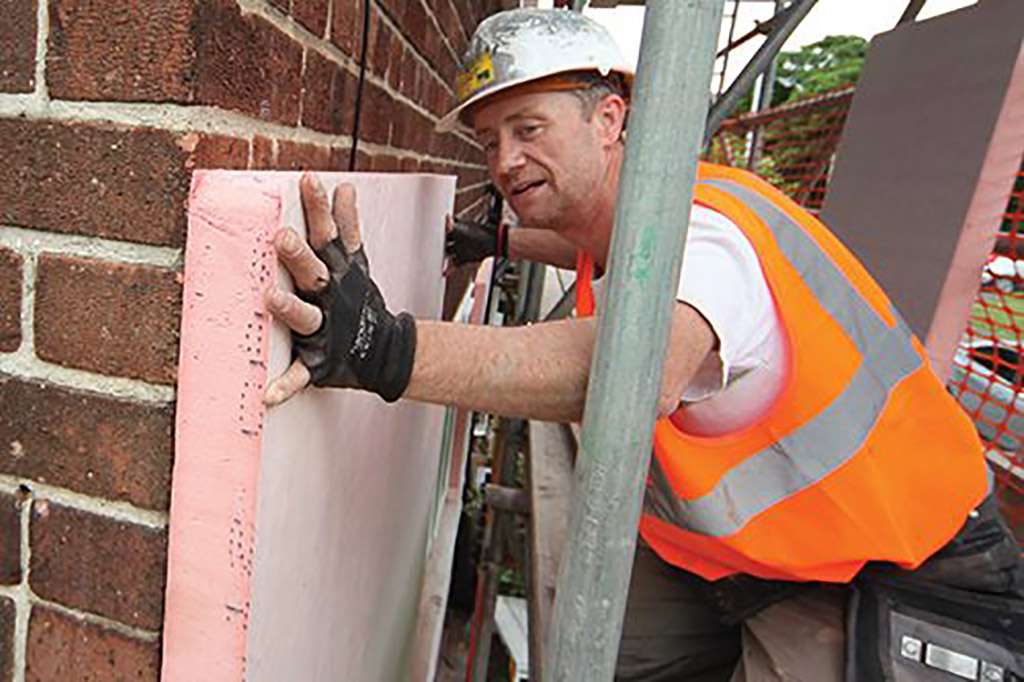A lack of training in heat pumps and other low-carbon heating systems is holding back progress on meeting net-zero targets, according to the Construction Leadership Council (CLC).
Scaling up the construction industry’s ability to deliver retrofit low-carbon heat solutions in older buildings “continues to prove a challenge”, the CLC said in its latest quarterly update on the Construct Zero Performance Framework (CZPF).
“For instance, our current data shows we have trained only 865 retrofit coordinators,” it said.
Retrofit coordinators are responsible for overseeing assessments of buildings that need retrofits, and also the specification, monitoring and evaluation of measures to make the buildings more energy efficient. The CLC has targeted recruiting 30,000 new retrofit coordinators by 2028.
The CLC has described the CZPF as a “sector-level dashboard on our progress towards net zero”. This report is the eighth quarterly update.
The CLC also said the Future Homes Standard, which is currently under consultation, will be a “key aspect” in driving the changes in retrofit work, and that it is ready to engage with the government on the next steps.
The CLC’s update also focused on efforts to get businesses in the construction sector to meet PAS 2080 accreditation, a common standard in carbon management and reporting for firms in the industry.
“While we have seen a growth in those businesses (with over 250 staff) achieving PAS 2080 accreditation, we will continue to monitor this,” the CLC said.
It added that the “good news” is that it can now measure the percentage of products used in the construction sector that will have an environmental product declaration (EPD) in place by 2025. There will also be annual updates from 2025 onwards.
It added: “Our current data highlights the excellent progress of suppliers, while recognising the encouraging momentum from merchants and distributers. This is good progress.”
The update also revealed progress on the CZPF’s nine priorities, which include measures to decrease carbon emissions across transport, buildings and construction (see box, below).
The report revealed small changes are making a difference: a 15 per cent reduction in idling by vehicles and plant machinery in 2023 has reduced site emissions. And the priority to deliver new homes and buildings with reduced emissions in operation by 75 per cent compared to current standards is “on track”.
There was also confidence in the use of low-carbon building materials, with the update saying: “By 2035 we will have reduced construction product emissions by 66 per cent from 2018.”
The CZPF’s nine priorities
- Accelerating the shift of the sector’s workforce to using zero-emission vehicles and plant machines.
- Optimising the use of modern methods of construction to reduce waste and transport to sites.
- Championing developments and investments within infrastructure that enable low-carbon transport methods.
- Delivering retrofitting to improve the energy efficiency of the existing housing stock.
- Scaling up the industry’s ability to deliver low-carbon heat solutions in buildings.
- Enhancing the energy performance of new and existing buildings.
- Implementing carbon measurement to reduce carbon on construction projects.
- Becoming world leaders in designing out carbon.
- Supporting the development of innovative, low-carbon materials.

